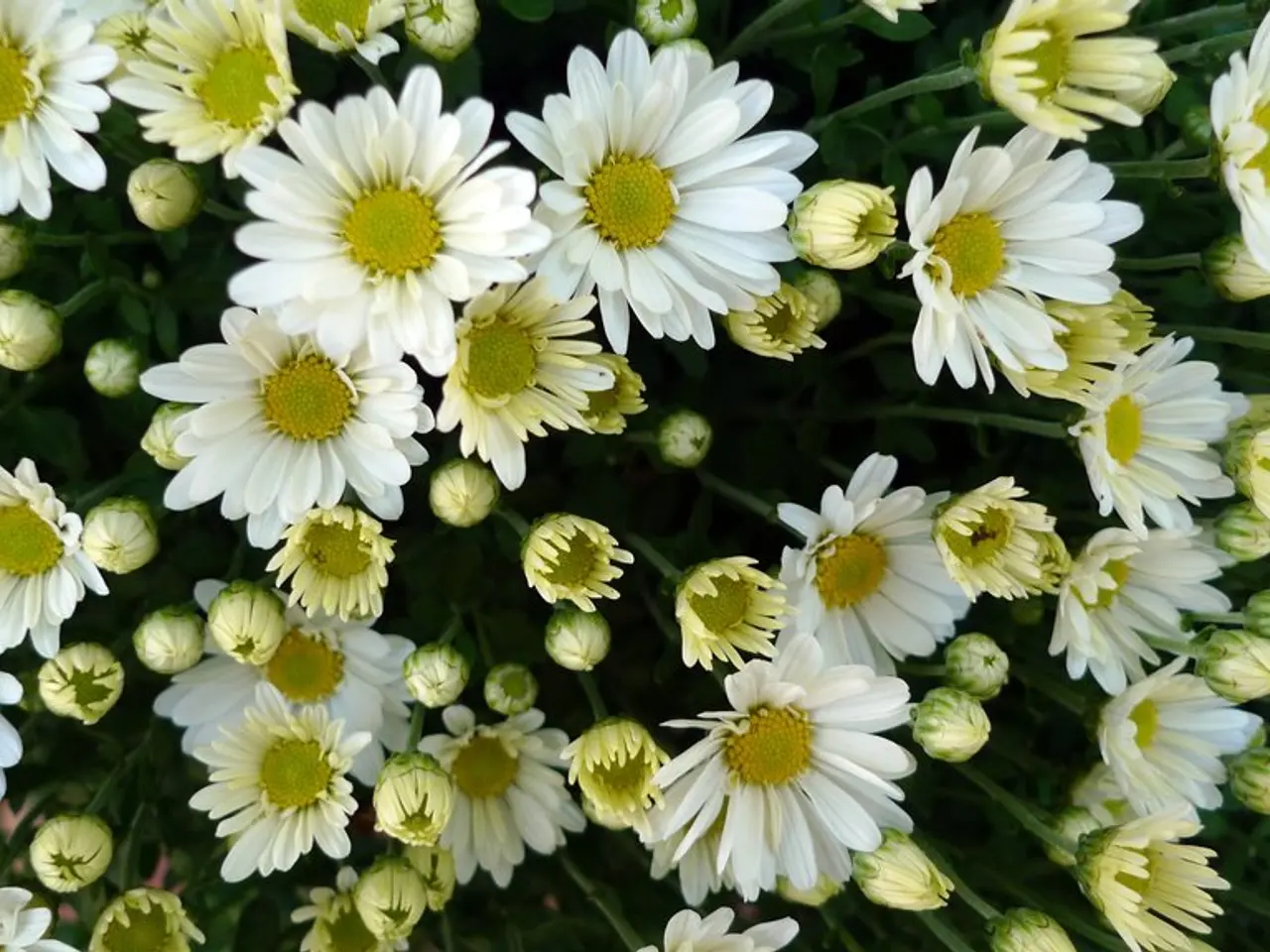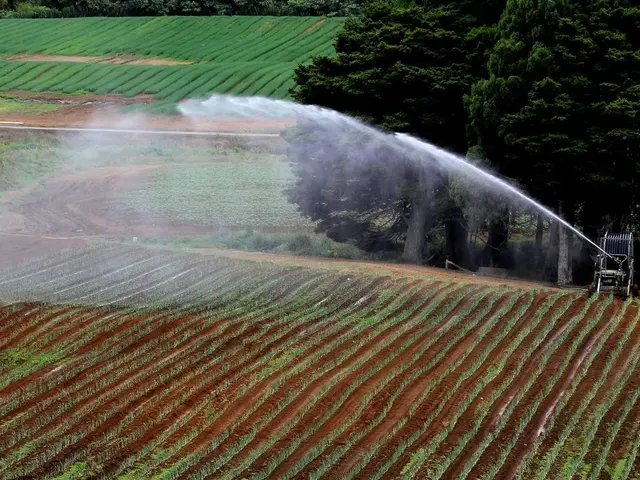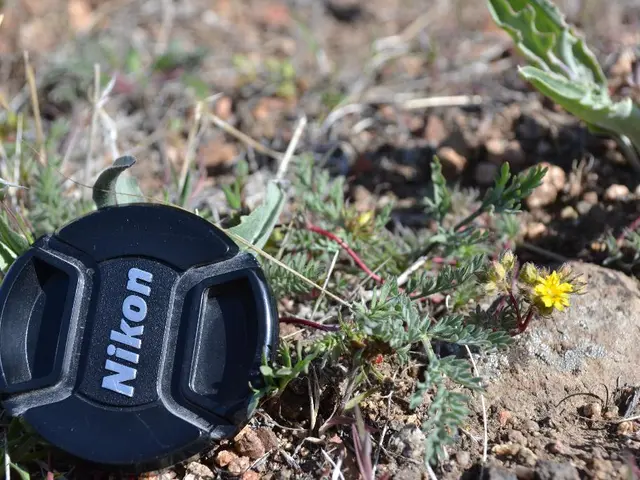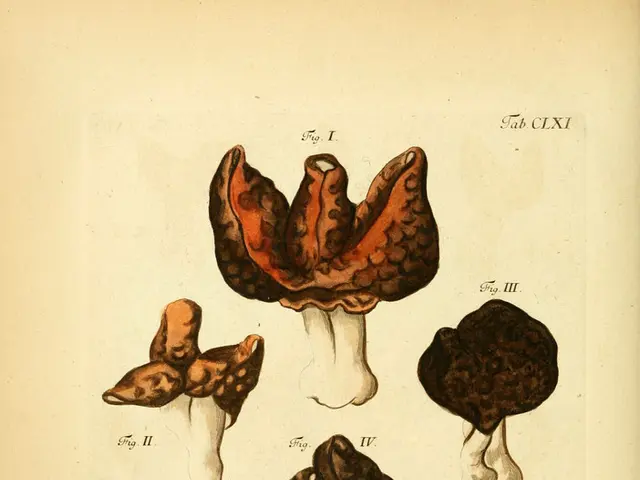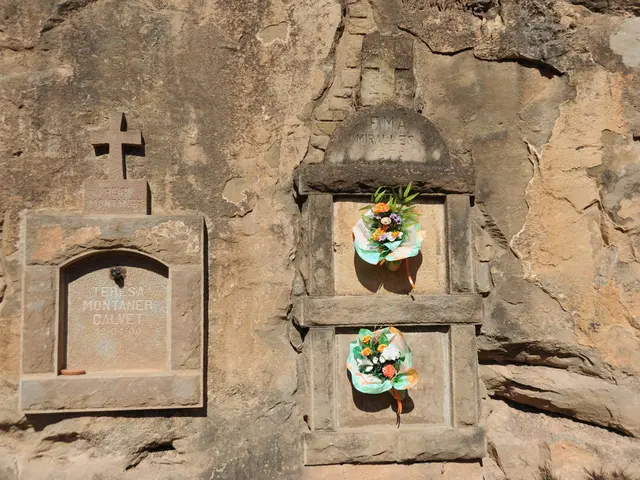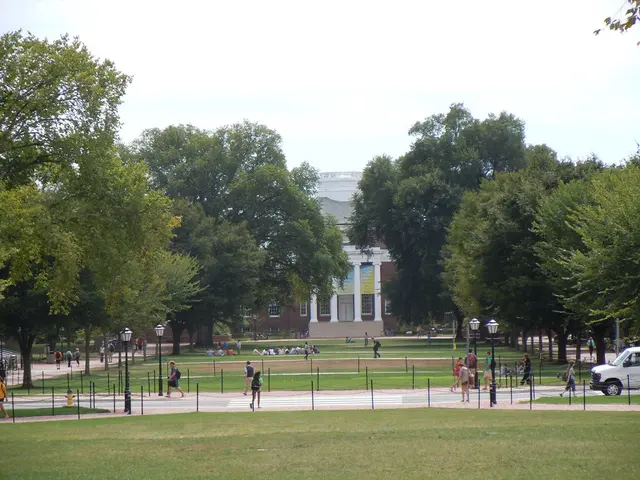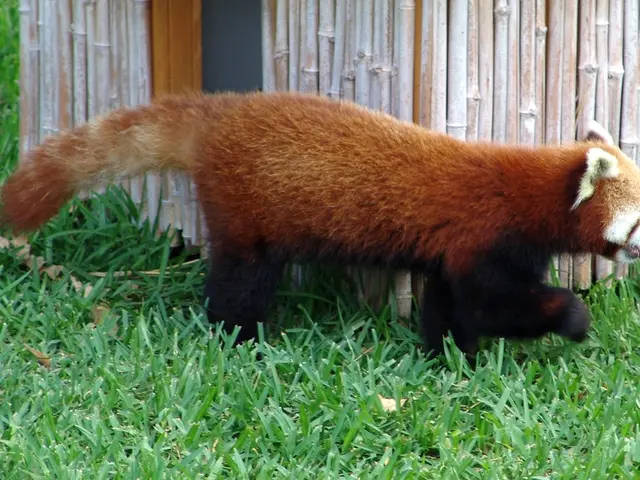Proper Deadheading of Sweet Peas: Ensuring Continuous Blooming from Summer to Fall
Sweet peas, renowned for their super-abundant, delicate flowers and heavenly perfume, are a favourite among gardeners. To keep these charming blooms flourishing all summer long, it's essential to follow a few key practices.
The most important of these is regular deadheading, a process that involves removing spent flowers before they develop into seed pods. By doing so, you encourage the plant to keep producing new blooms rather than diverting energy into seed formation. Once sweet peas set seed, they will stop flowering as the plant "thinks its job is done."
To maximise flowering, consider cutting sweet pea flowers regularly. This stimulates the plant to produce more blooms and delays seed pod development. Additionally, pinching out growing tips early can encourage side shoot formation, resulting in a bushier plant with more flowers.
Prompt removal of old flowers and seedpods is also crucial, as leftover pods inhibit new bud production. Training long stems properly can ensure healthy growth but does not directly affect the flowering duration.
Using garden snips for deadheading is preferable to using fingers. After picking sweet peas, water the plants thoroughly and avoid letting them dry out. If seed pods are found, remove them immediately. The method for deadheading sweet peas is the same for all varieties.
Pinch out emerging tips when sweet pea plants are young, about 10cm tall, to encourage side growth. Cut back sweet peas as far along the stem as possible, leaving no stubs. Leaving new and emerging flower buds is acceptable when deadheading sweet peas.
Harvest flowers as often as possible all summer long to keep the plants producing more pretty flowers. Once a week should be sufficient for picking and deadheading, but at peak times, it may need to be done every couple of days.
By combining these techniques—especially consistent deadheading and flower cutting—you can significantly extend the sweet peas’ blooming period and keep them looking vibrant longer into the season.
Lastly, it's worth noting that seeds from sweet pea pods can be dried indoors for propagation next year. Sweet peas concentrate their energy into producing seeds when temperatures spike, and we want to delay this process to have more flowers all summer long.
With these tips in mind, you'll be well on your way to enjoying a bountiful display of sweet peas for months to come!
By regularly deadheading spent flowers and removing seed pods, you encourage sweet peas to continuously produce new blooms and prolong their flowering period. Additionally, cultivating a home-and-garden lifestyle involving regular gardening practices, such as pruning, watering, and propagation, can help maintain a thriving home-and-garden space filled with sweet peas' vibrant flowers.
